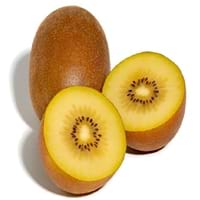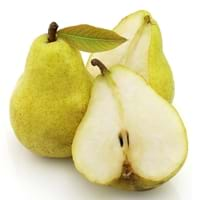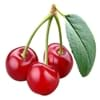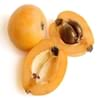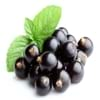Health Benefits
Asthma treatment, Heart care, Improves stomach health, Regulation of heart rate, Treatment of skin Diseases
Arthritis prevention, Cancer prevention, Gout treatment, Heart care
General Benefits
Boosts immune system, Controls blood pressure, Eye care, Helps in weight loss
Anti-inflammatory properties, Boosts immune system, Controls blood pressure, Controls blood sugar levels, Cures fever, Digestive aid, Sore throat treatment
Skin Benefits
Brightens and lightens complexion, Heals sunburn, Reduces wrinkles, Skin rejuvenation, Treatment of acne, Treatment of dark spots, Treatment of skin diseases
Reduces wrinkles, Treatment of acne
Hair Benefits
Prevents hair loss, Promotes longer and healthier hair, Treatment of dandruff
Promotes longer and healthier hair, Shiny hair
Allergy Symptoms
Abdominal pains, Anaphylaxis, Breathing difficulty, Itching in tongue and other parts of mouth, Itching sensation in throat, Swelling of mouth, tongue or lips, Vomiting
Anaphylaxis, Digestive Problems, Itching, Skin Rashes, Swelling
Side Effects
Allergic reaction, Diarrhoea, Skin rash, Possibly unsafe during pregnancy
Allergic reaction
Best Time to Eat
Any time except an hour after meal
As a snack in the late afternoon, Don't consume at night and before bed, Eat the fresh ones, avoid mixing with any other foods, don't eat after meal., Morning time (before lunch)
Vitamin B5 (Pantothenic Acid)
Vitamin C (Ascorbic Acid)
Vitamin K (Phyllochinone)
Phytosterol
Not Available
Calories in Fresh Fruit with Peel
Calories in Fresh Fruit without Peel
Not Available
Not Available
Calories in Frozen Form
Not Available
Not Available
Calories in Dried Form
Not Available
Calories in Canned Form
Not Available
Season
Spring, Summer, Winter
Autumn, Summer, Winter
Varieties
Qing Yuan #27, Qing Yuan #29, Qing Yuan #6 and Huang Yan
Green Anjou, Red Anjou, Bartlett, Red Bartlett, Bosc, Comice, Concorde, Forelle, Seckel and Starkrimson
Color
Brown, Yellow
Yellow
Inside Color
Yellow
White
Taste
Sweet
Crunchy, Sweet
Origin
China
China, Japan
Soil Type
Well-drained
Clayey, Loamy, Sandy
Climatic Conditions
Cold, Sunny
Cold, Hot, Without frosts
Facts about
- The name Kiwi is due to its resemblance with 'Kiwi' bird.
- This variety of Kiwi was developed by New Zealand, it is not fuzzy on the outside and it has a taste reminiscent of the mango fruit.
- The first pear tree was planted in North America in 1620.
- The Chinese considered the pear fruit to be a symbol of immortality.
- This fruit was used as a natural remedy against nausea in ancient Greece.
Other Countries
Chile, France, Greece, Iran, Japan, New Zealand, Portugal, Turkey, United States of America
Argentina, Belgium, India, Italy, Japan, South Africa, Spain, Turkey, United States of America
Top Importer
United States of America
Europe
Top Exporter
New Zealand
China
Botanical Name
Actinidia chinensis
Pyrus communis
Synonym
Not Available
Not Available
Subkingdom
Tracheobionta
Tracheobionta
Division
Magnoliophyta
Magnoliophyta
Class
Magnoliopsida
Magnoliopsida
Subclass
Dillenhidae
Rosidae
Family
Actinidiaceae
Rosaceae
Species
A. chinensis
P. communis
Difference Between Gold Kiwi and Pear
We might think that Gold Kiwi and Pear are similar with respect to nutritional value and health benefits. But the nutrient content of both fruits is different. Gold Kiwi and Pear Facts such as their taste, shape, color, and size are also distinct. The difference between Gold Kiwi and Pear is explained here.
The amount of calories in 100 gm of fresh Gold Kiwi and Pear with peel is 60.00 kcal and 57.00 kcal and the amount of calories without peel is Not Available and Not Available respectively. Thus, Gold Kiwi and Pear belong to and category.These fruits might or might not differ with respect to their scientific classification. The order of Gold Kiwi and Pear is Ericales and Rosales respectively. Gold Kiwi belongs to Actinidiaceae family and Pear belongs to Rosaceae family. Gold Kiwi belongs to Actinidia genus of A. chinensis species and Pear belongs to Pyrus genus of P. communis species. Beings plants, both fruits belong to Plantae Kingdom.
